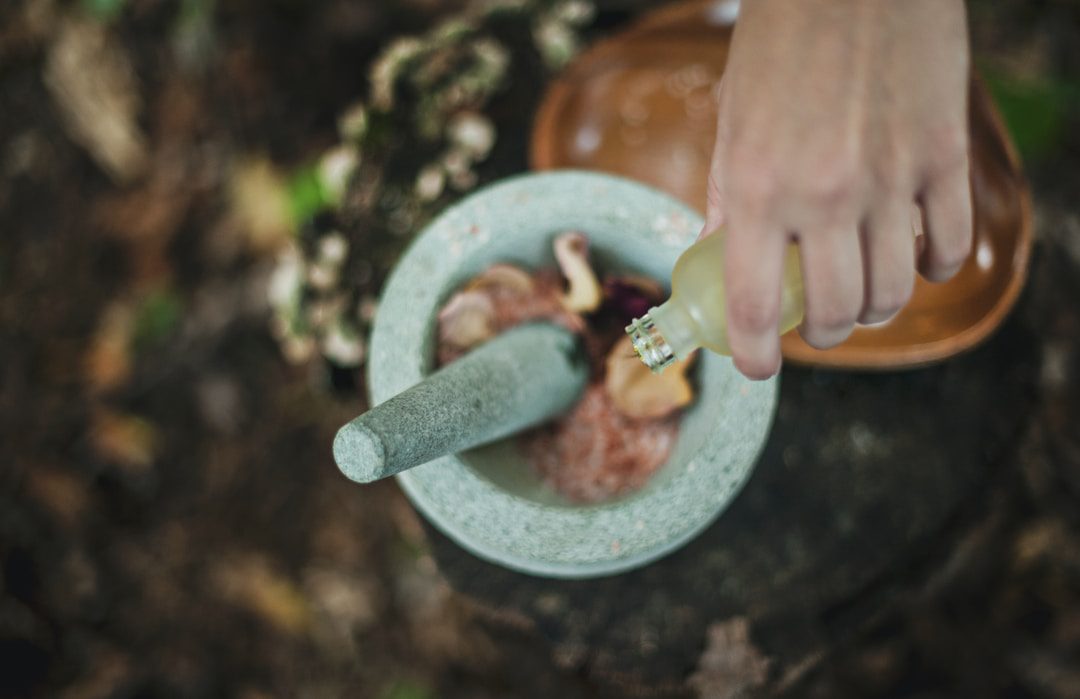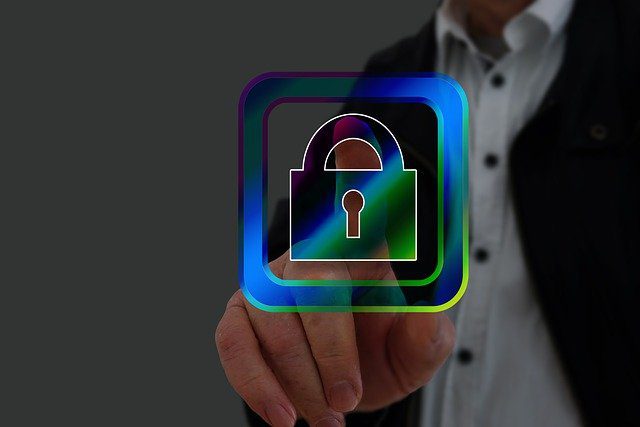Examples of Alternative Health Care
We live in a marvelous world in terms of medical innovations—we can’t cure everything, of course, but science has taken massive strides towards a world where we can do just that. However, that’s not all there is to a person’s treatment plan. Many people turn to alternative health care instead of or in addition to conventional medications and procedures. In particular, there are three subsets of alternative treatments that stand out as especially popular: naturopathy, touch-based therapies, and energy healing.
Naturopathy
Naturopathy relies on the idea that ailments can be prevented or treated with a combination of natural ingredients, like herbs and minerals, and lifestyle adjustments such as diet or exercise. Herbs and other plants are especially indicative of this treatment method’s fame, with CBD offering especially undeniable popularity. When you seek cannabidiol or CBD treatment, you’ll find options ranging from CBD wax, dabs, and concentrates to tinctures, capsules, topicals, and edibles, all of which allow users to reap the benefits of this cannabinoid. However, CBD concentrates aren’t the only herbal or natural ingredient with remarkable popularity.
Herbal supplements, too, are widely used to combat a wide range of symptoms and side effects. For instance, someone suffering from tinnitus (an unexplained ringing, buzzing, or another sound in the ears) and its side effects (including headache or migraine, nausea, or dizziness) might turn to Tinnitus911 supplements as a way to ease their tinnitus symptoms. Using natural ingredients like hibiscus, hawthorn berry, olive leaf extract, and niacin (also known as vitamin B3), Phytage Labs created Tinnitus 911 as a tool for tinnitus sufferers to enjoy the benefits of these herbs in one convenient capsule.
Touch-based Treatments
Other forms of alternative health care depend on the healing power of touch, so to speak. Massage is perhaps the most popular of these methods, using a mix of pressure, friction, product, and more to relieve stress and discomfort. However, even something as simple as rubbing your sore neck after staring at this screen a little too long utilizes these healing properties.
Acupuncture, acupressure, and even reflexology are further examples of this phenomenon. The needle, point, stick, or other tool stimulates the body without using conventional medication or procedures by touching specific points on the body. Whether you seek out a professional acupuncturist or use a gua sha in the comfort of your own home, you can explore the benefits of touch in a health and wellness sense.
Energy Healing
Unlike massage and its cohorts, energy healing does not need to include touching a patient or client. However, a majority of these touch-based treatments have their roots in energy healing! In more spiritually focused examples, you might be familiar with reiki or chakra healing. Alternatively, beliefs such as healing crystals can offer another type of energy healing.
In a technical sense, the Japanese practice reiki is a touch-based treatment—it does involve the practitioner transferring energies from their palms to their patient through touch. However, that energy is the core focus of the practice, setting out to heal the client physically or emotionally. The idea of chakras, too, considers the flow of energies. As energy centers throughout the body, chakras can become blocked, leading to psychological or bodily discomfort. Clearing these blocks can ease the connected medical condition, while practices like yoga or meditation can keep them unblocked.
While modern Western medicine has made monumental strides in treating medical conditions of all types, there’s still a place for alternative health care in addition to it or as a preferred treatment. A natural solution like CBD, dietary supplements, or crystals might not be for everyone, but those who believe in these methods seem to see them make a world of difference in a person’s overall health and wellness.







